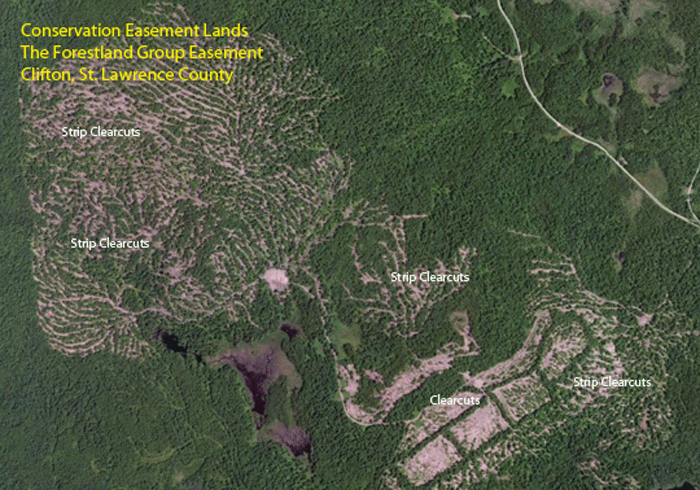For Investors The Forestland Group
Post on: 9 Июнь, 2015 No Comment

Sources of Forestland Returns
Biological growth of trees provides the engine of returns from timberland investments. As a tree grows, it gains value not only from increases in volume, but also by moving into higher-priced wood-product categories, a process known as in-growth. Tree growth is continuous and is not dependent upon macroeconomic factors that influence most investments. Regular harvests of the timber can capture this growth, or the wood can be stored on the stump while awaiting optimal market conditions.
Returns can be further enhanced by appreciation in timber and land prices, capturing the cost advantages of managed natural regeneration (versus planting), creative marketing of standing timber, applying value-driven forest- management practices, leasing recreational rights, and occasional movement of portions or all of timberland properties to more valuable uses. In addition, ecological services can generate cash flow from such activities as the sale of working-forest conservation easements, the leasing of land for wind turbines, and the sale of forest-carbon credits. An investment in sustainably managed timberland, with its associated ecological services, can be consistent with Socially Responsible Investing (SRI).
Timberland investments can afford considerable flexibility in the form of real options, representing actual, or physical, options that may be gained by undertaking certain endeavors. They are referred to as real because they pertain to physical assets rather than financial instruments. Similar to financial options, the expected pay off of real options is either zero or positive, such that the exploitation of this optionality can greatly enhance investment value. The embedded optionality of timberland provides support for the persistence of relatively attractive risk-adjusted returns.
Diversification
Forestland investments are attractive from a portfolio diversification perspective to the extent that they are imperfectly correlated with other asset classes. The returns associated with the underlying timber, and the value-creating strategies associated with active management, are influenced by numerous factors that are unrelated to the economic environment and interest-rate movements. Furthermore, timberland portfolios themselves may be diversified vis-a-vis varying exposures to geographic regions, markets, age classes, and species mix (Why Hardwoods ).
Inflation Protection
Forestland offers natural protection in a rising price environment to the extent that the rates of biological growth and in-growth meet or exceed the rate of inflationary growth.
Forestland investments can also provide deflationary protection to the extent that biological growth and in-growth can offset the effect of declining prices.
Investment Vehicles
TFG provides institutional investors access to timberland investments via private commingled investment vehicles. To date, TFG has organized a series of eight core funds of varying total capitalizations, the three most recent of which are structured as private Real Estate Investment Trusts (REITs).
In general, TFGs commingled vehicles feature a 10 20 year investment term; modest financial leverage including the use of New Markets Tax Credit (NMTC) financing; and transparent operating/partnership agreements, in combination with an investor-based advisory board, for governance.
Typically, a commingled fund allocates most of the investor capital to fee timberland properties, including the land and timber components.
Typically, distributions are paid to investors as net cash flow is generated. When timberland properties are sold, net proceeds are distributed, not recycled into new properties.














